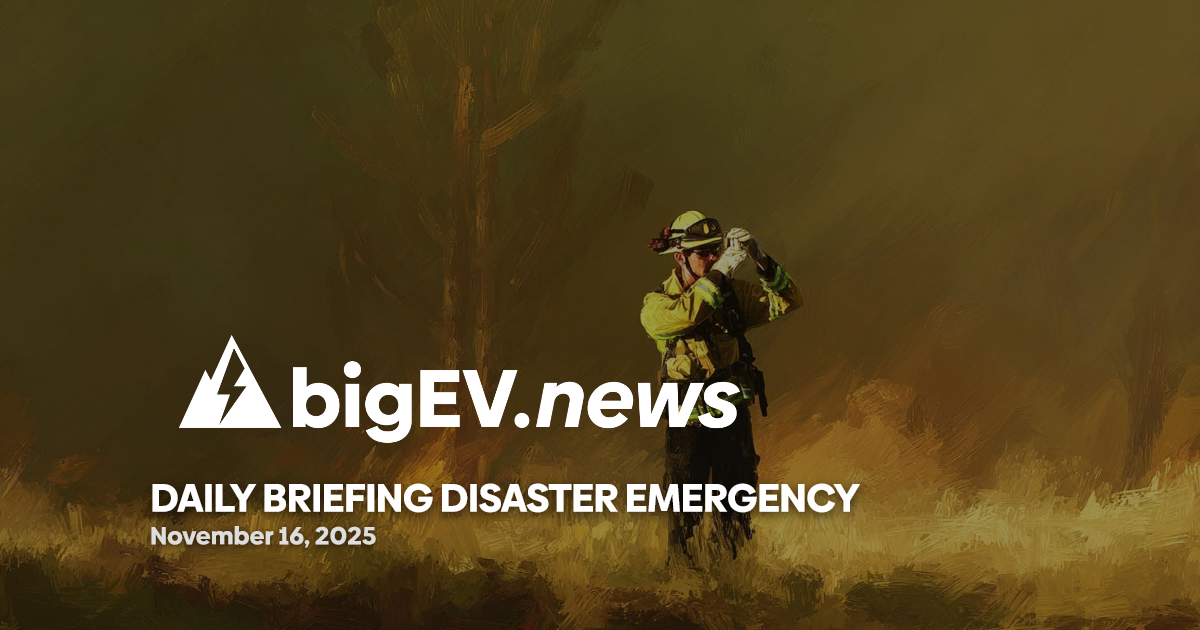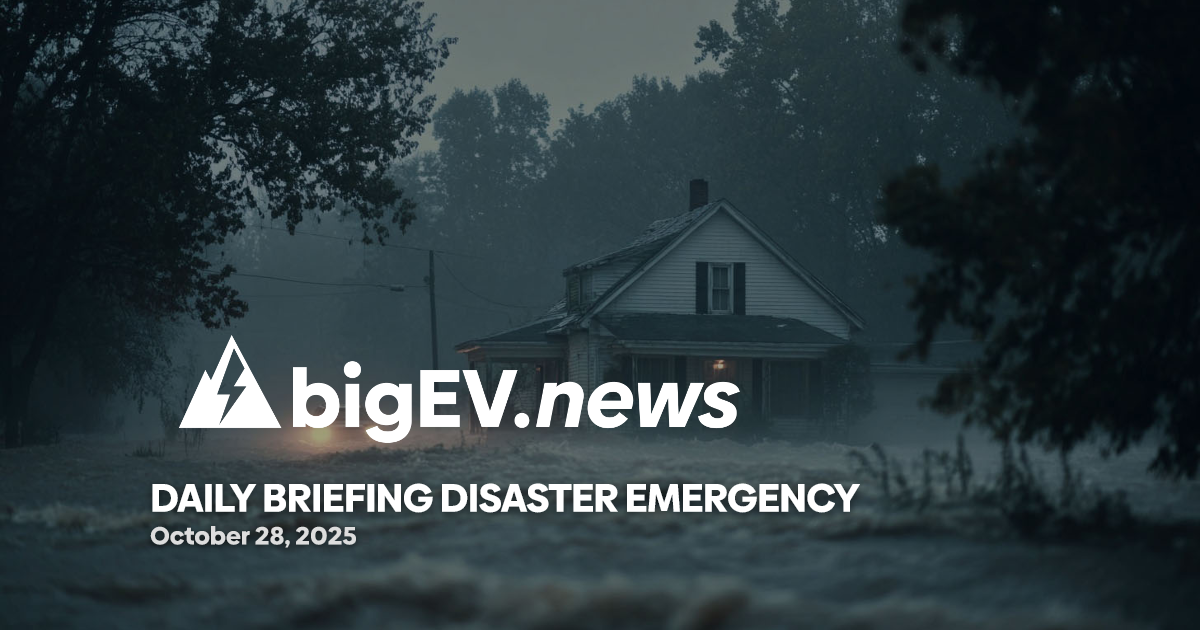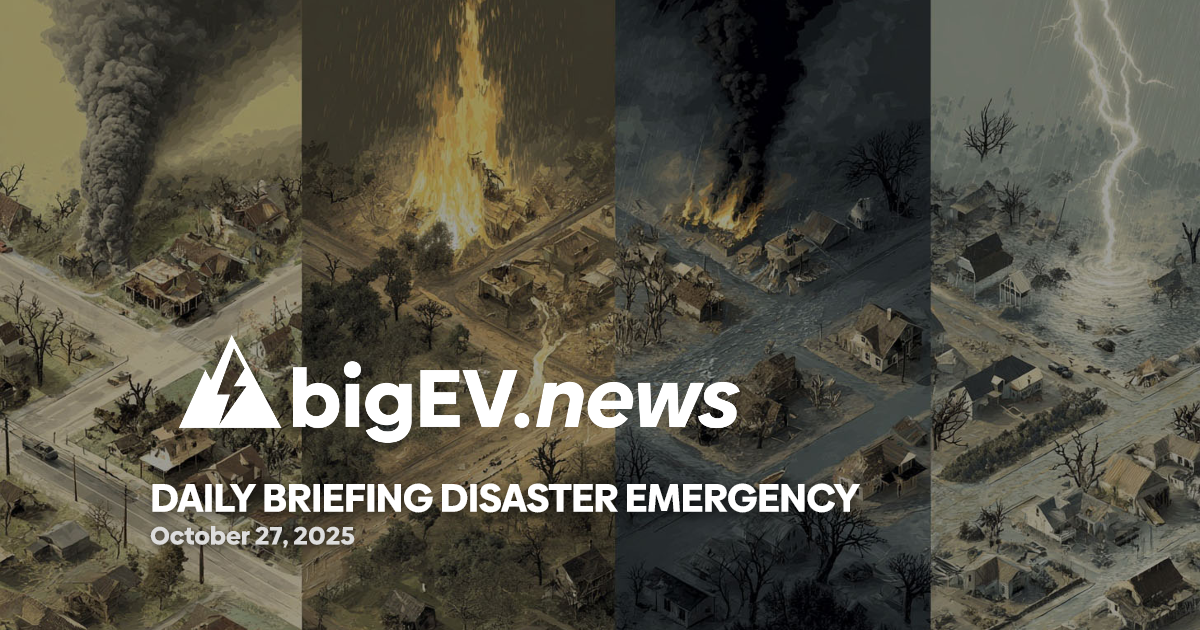AI, immersive tech, and global alliances drive next-gen disaster prediction, response, and survival systems as climate risks intensify.
At a glance – The past 24 hours have seen a surge in cross-sector innovation and collaboration aimed at fortifying global disaster response and resilience. As climate-induced disasters escalate in frequency and severity, industry leaders, governments, and research institutions are converging to address the urgent need for advanced early warning, emergency infrastructure, and recovery systems. The UNDRR GAR Special Report 2024, highlighted at the ITDRR 2025 conference announcement, underscores that disasters are neither natural nor inevitable, emphasizing the critical role of prevention, digital resilience, and multidisciplinary approaches. The report points to a landscape where cascading impacts, unpredictability, and economic consequences demand robust, technology-enabled solutions that bridge climate science, cybersecurity, and community engagement.
Technology advance – In Newport News, Virginia, the Fire Department has deployed a new Geographic Information Systems (GIS) platform leveraging Census and American Community Survey Data to dramatically improve emergency response times and situational awareness. This technology equips all fire trucks, medic units, and staff vehicles with real-time, location-specific data, enabling responders to assess risks and tailor interventions before arriving on scene. Chief Wesley Rogers noted that this system not only enhances safety for first responders but also informs the city’s emergency preparedness, such as opening additional shelters during hurricanes or snowstorms. The department is also preparing to integrate drones into its fleet by next year, further expanding its technological toolkit for rapid disaster assessment and response.
Partnerships – The 8th International Disaster and Risk Conference (IDRC 2025), set for October in Nicosia, Cyprus, is catalyzing global collaboration among researchers, technology developers, NGOs, and policymakers. Hosted by the CYENS Centre of Excellence, the event will focus on “AI, Emerging Tech & Immersive Solutions for Disaster & Emergency Response,” spotlighting the integration of artificial intelligence, virtual reality, and Internet of Things (IoT) systems for disaster resilience. CYENS’s leadership in interactive media and smart systems positions the conference as a nexus for actionable insights and the formation of new alliances across science, policy, and humanitarian sectors, with the goal of translating cutting-edge research into real-world impact and scalable solutions.
Acquisitions/expansions – A major funding initiative has been launched through the Eureka Network, with ministries and agencies from Austria, Belgium (Flanders), Brazil, Chile, Lithuania, Spain, and Türkiye opening a call for collaborative R&D projects focused on disaster resilience, response, and recovery. The program, running from June to October 2025, targets innovations in resilient construction, digital early-warning systems, AI-based sensing, automated drone search and rescue, and robust communications infrastructure. Projects must involve organizations from at least two participating countries and are expected to deliver commercially viable products or services within two years of completion. This initiative is set to accelerate the development and market launch of advanced technologies for disaster management across sectors including materials, construction, health, water, energy, and software.
Regulatory/policy – The upcoming ITDRR 2025 conference is placing a spotlight on the regulatory and policy challenges posed by the intersection of climate-induced disasters and digital threats. The event will address the urgent need for sustainable, energy-efficient, and resilient technologies, as well as the risks of cybersecurity breaches and misinformation in emergency management. Policymakers and industry leaders are expected to discuss frameworks for integrating IT with disaster risk reduction, emphasizing the importance of decentralized networks for essential service continuity and the deployment of machine learning models for real-time crisis prediction. The conference aims to bridge gaps between research, policy, and grassroots action, fostering inclusive and equitable mitigation strategies that enhance community resilience.
Finance/business – The disaster tech sector is witnessing increased investment and commercialization momentum, as evidenced by the Eureka Network’s funding call and the growing participation of private sector innovators at global conferences. Companies specializing in advanced building materials, portable medical devices, resilient communications, and post-disaster waste management are poised to benefit from new R&D partnerships and accelerated pathways to market. The focus on rapid commercialization and implementation of project results reflects a broader industry trend toward scalable, market-driven solutions that address both immediate disaster response needs and long-term resilience. Executive commentary from recent filings highlights the strategic importance of cross-border collaboration and the integration of digital technologies in maintaining business continuity and safeguarding critical infrastructure against both natural and human-made threats.
Sources: wtkr, itdrr, idrc2025, eurekanetwork, undrr, cyens









